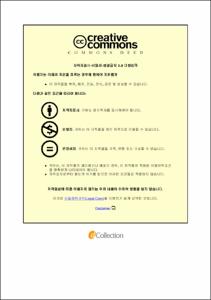고구려 유민 묘지명의 조상인식 변화와 그 의미
- Files in This Item:
-
-
Download
 000002223406.pdf
기타 데이터 / 898.31 kB / Adobe PDF
000002223406.pdf
기타 데이터 / 898.31 kB / Adobe PDF
-
Items in Repository are protected by copyright, with all rights reserved, unless otherwise indicated.
 000002223406.pdf
기타 데이터 / 898.31 kB / Adobe PDF
000002223406.pdf
기타 데이터 / 898.31 kB / Adobe PDFItems in Repository are protected by copyright, with all rights reserved, unless otherwise indicated.